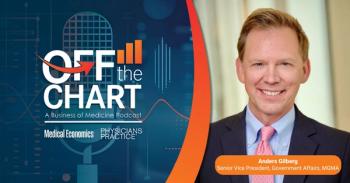
E-mailing Patients Could Improve Outcomes
A new study finds that e-mailing chronic disease patients could improve outcomes. But only about a third of docs e-mail patients, a trend that could shift as more practices adopt secure messaging and patient portals.
E-mailing your patients could be good for their health. Secure patient-physician messaging has shown to improve the effectiveness of care for patients with chronic illnesses, according to
Patients with diabetes or hypertension, or both, who e-mailed with their docs showed statistically significant improvements in HEDIS (healthcare effectiveness data and information set) care measurements in a two-month period, according to the study of more than 35,400 patients by Kaiser Permanente. Results included 2.0 percentage-points to 6.5 percentage-points improvements in glycemic, cholesterol, and blood pressure screening and control.
During the study, patients initiated 85 percent of the e-mail conversations, which authors said demonstrates how health IT empowers patients to better manage their care. Some of the findings were small differences between patients who e-mailed and those who didn’t: 88 percent of patient with diabetes who e-mailed had control of their blood sugar levels, compared with 82 percent who didn’t, and 73 percent of e-mailing patients received retinopathy screenings, compared with 70 percent who didn’t e-mail.
The study is an interesting look at how between outcomes can be another benefit of electronic communication. But the number of physicians who e-mail with their patients is still small. In our most recent Technology Survey, 38 percent of respondents said they e-mail with patients, which is only slightly higher than in
The privacy concerns are common, and it seems like something that technology vendors and practices are addressing. I
Enter their
Patients can log in, view health information, and send secure messages to their physician. His practice’s efficiency has improved, he said, as has patient satisfaction. I am not sure that they have reviewed the effects on outcomes, but efficiency and patient satisfaction are major reasons for secure messaging.
Newsletter
Optimize your practice with the Physicians Practice newsletter, offering management pearls, leadership tips, and business strategies tailored for practice administrators and physicians of any specialty.









